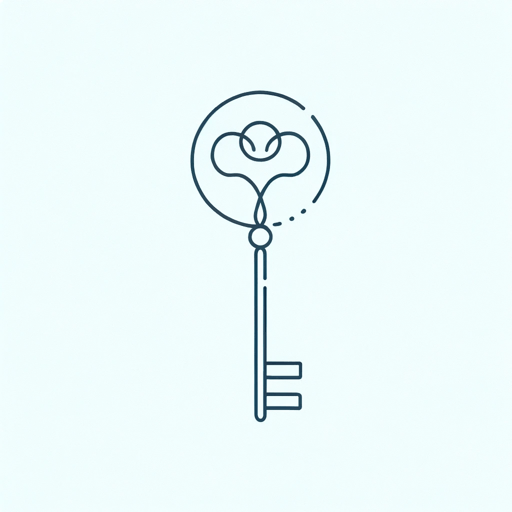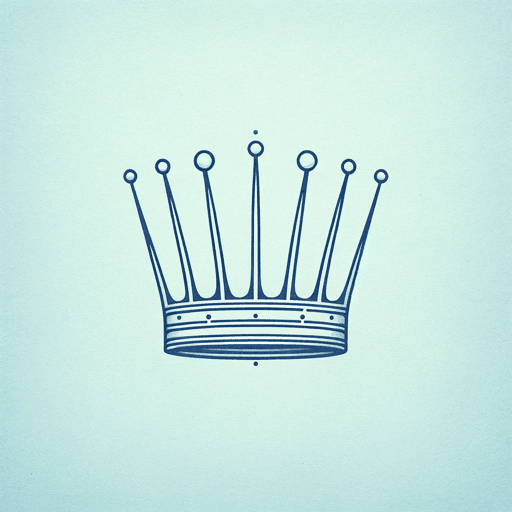101 pages • 3 hours read
Jennifer A. NielsenThe False Prince
Fiction | Novel | YA | Published in 2012A modern alternative to SparkNotes and CliffsNotes, SuperSummary offers high-quality Study Guides with detailed chapter summaries and analysis of major themes, characters, and more. For select classroom titles, we also provide Teaching Guides with discussion and quiz questions to prompt student engagement.
Activity
Use this activity to engage all types of learners, while requiring that they refer to and incorporate details from the text over the course of the activity.
“Mirror, Mirror on the Wall—Who’s the ‘Realest’ of Them All?”
In The False Prince, nothing is what it seems. For example, a poor orphan boy is really a prince, and a mute girl can speak.
- Working in small groups, list the many imitations and fakes throughout the novel. Be sure to list not only people but also objects.
- Once your group has a list of 5 or 6 items, rejoin the class and share your results. The class should generate a full list on the board.
- Now, divide into 2 large groups. One section will prepare to debate that the disguise is the “realest,” citing textual evidence, and the other section will gather textual evidence to contend that the original is the “realest.”
Teaching Suggestion: Prior to this exercise, it may be helpful to have a discussion about authenticity. For an example in The False Prince, with the fool’s gold: On one hand, it is “fake” gold in the sense that it is a stone covered with gold paint; but on the other hand, it is “real” in that it is the valuable token that proves Sage is the real Prince Jaron.
Related Titles
By Jennifer A. Nielsen







